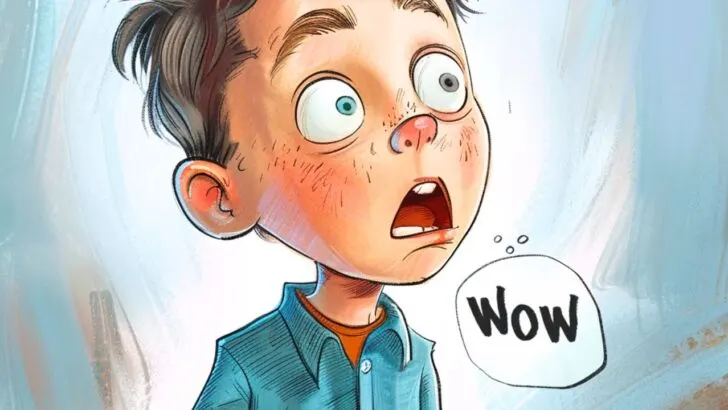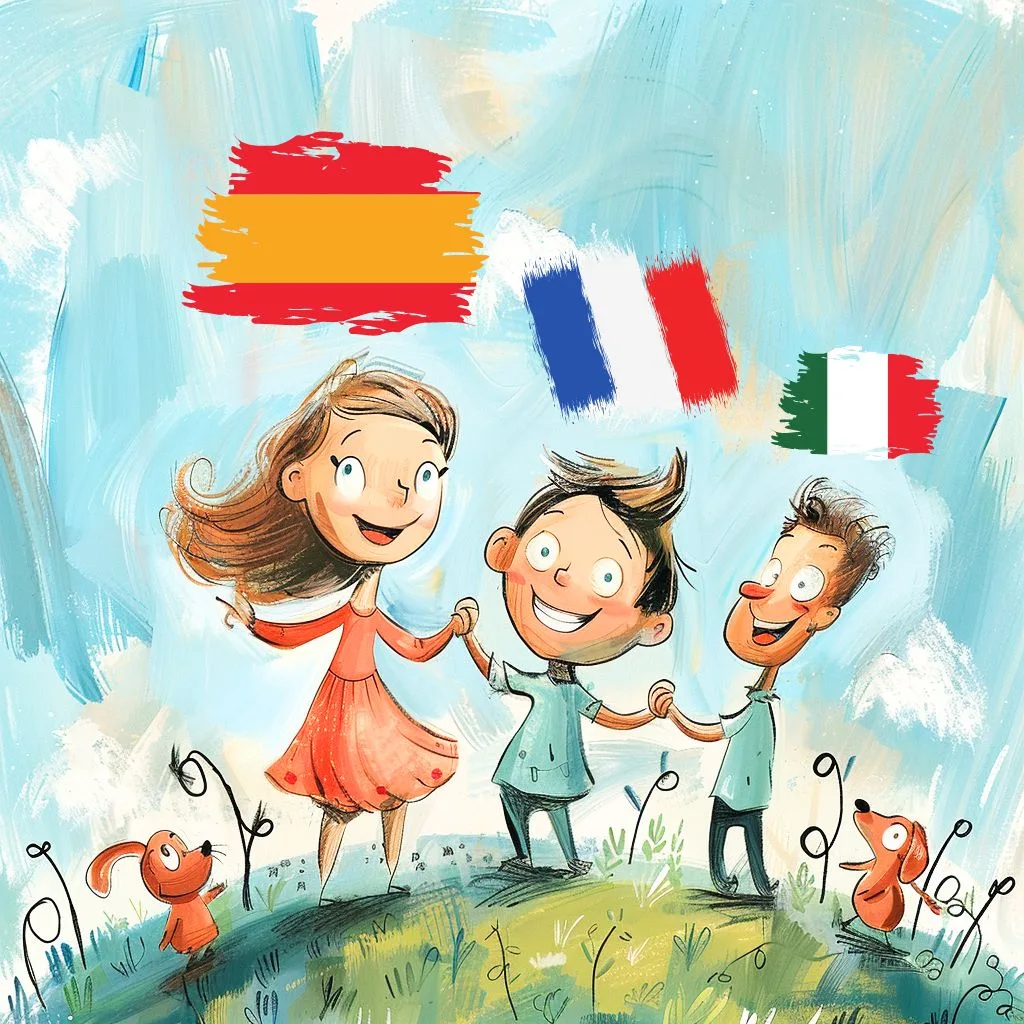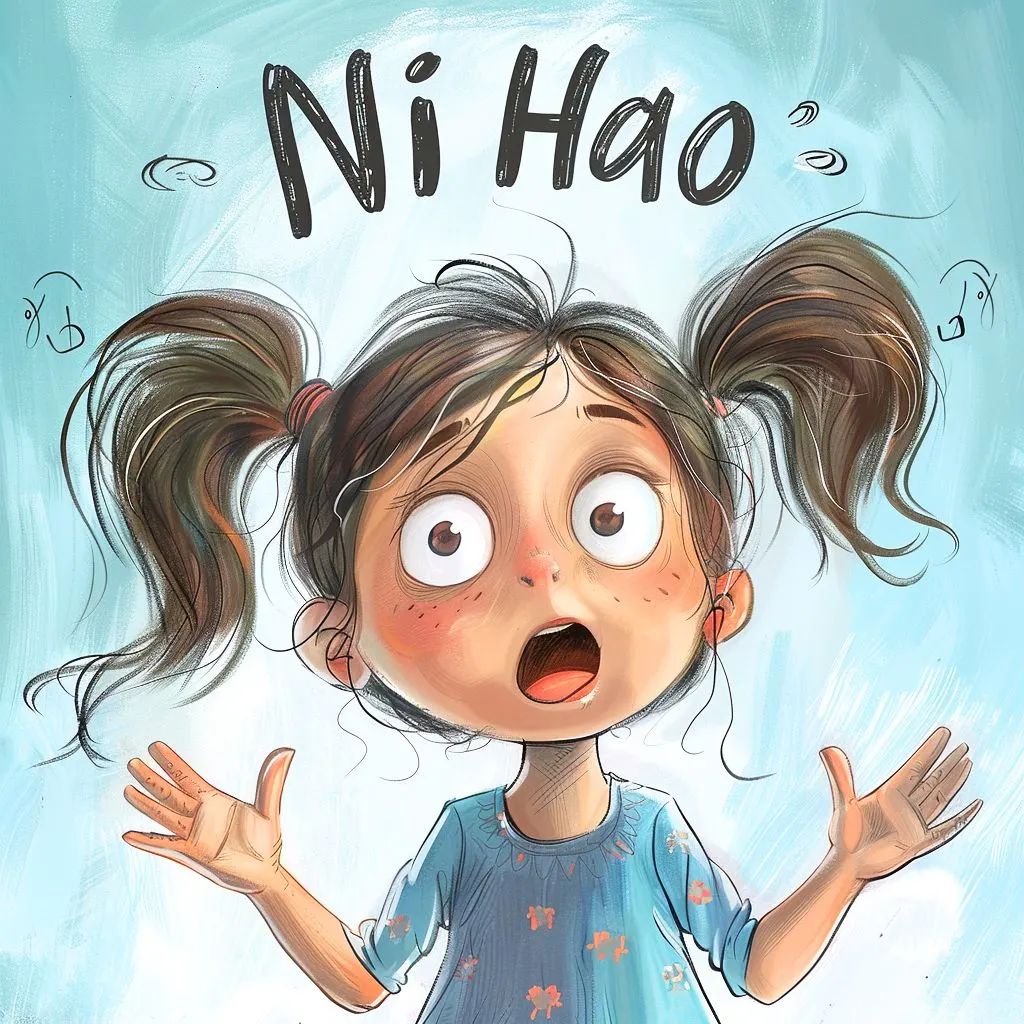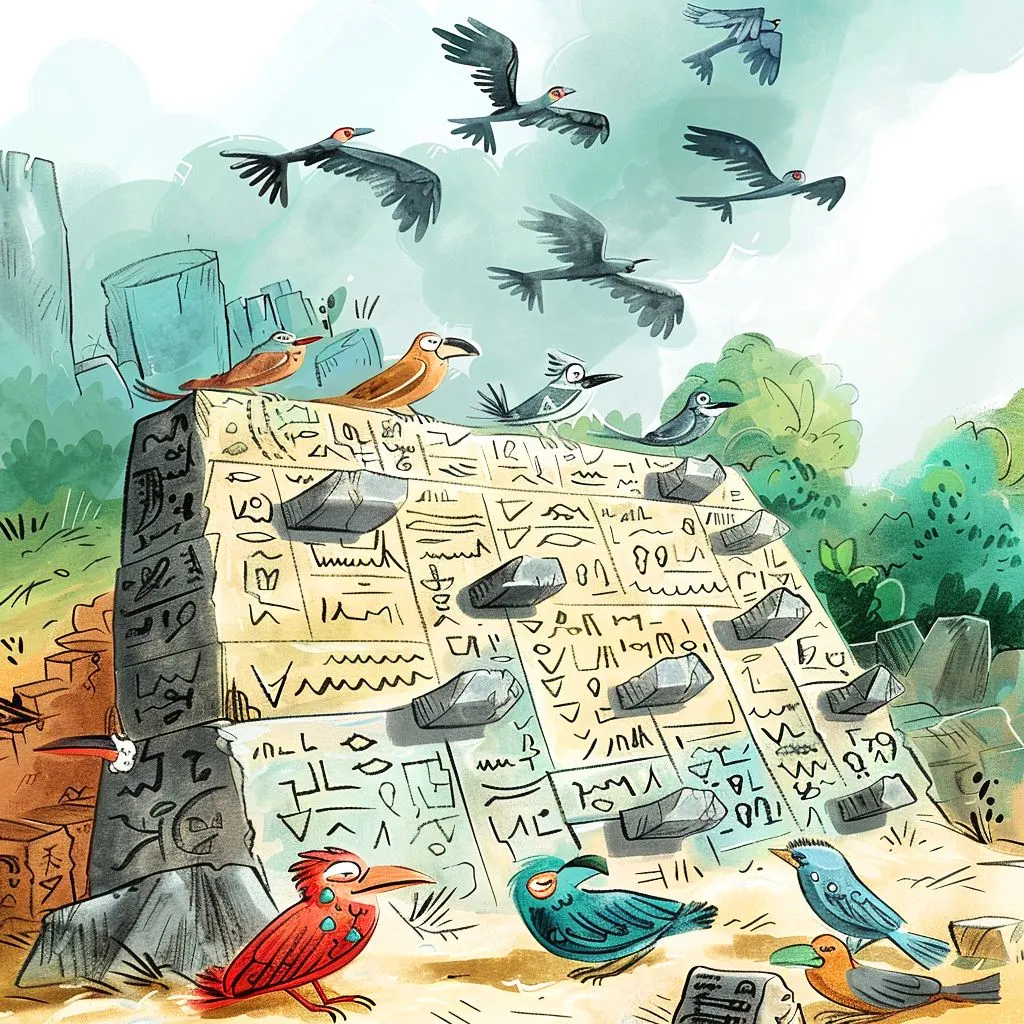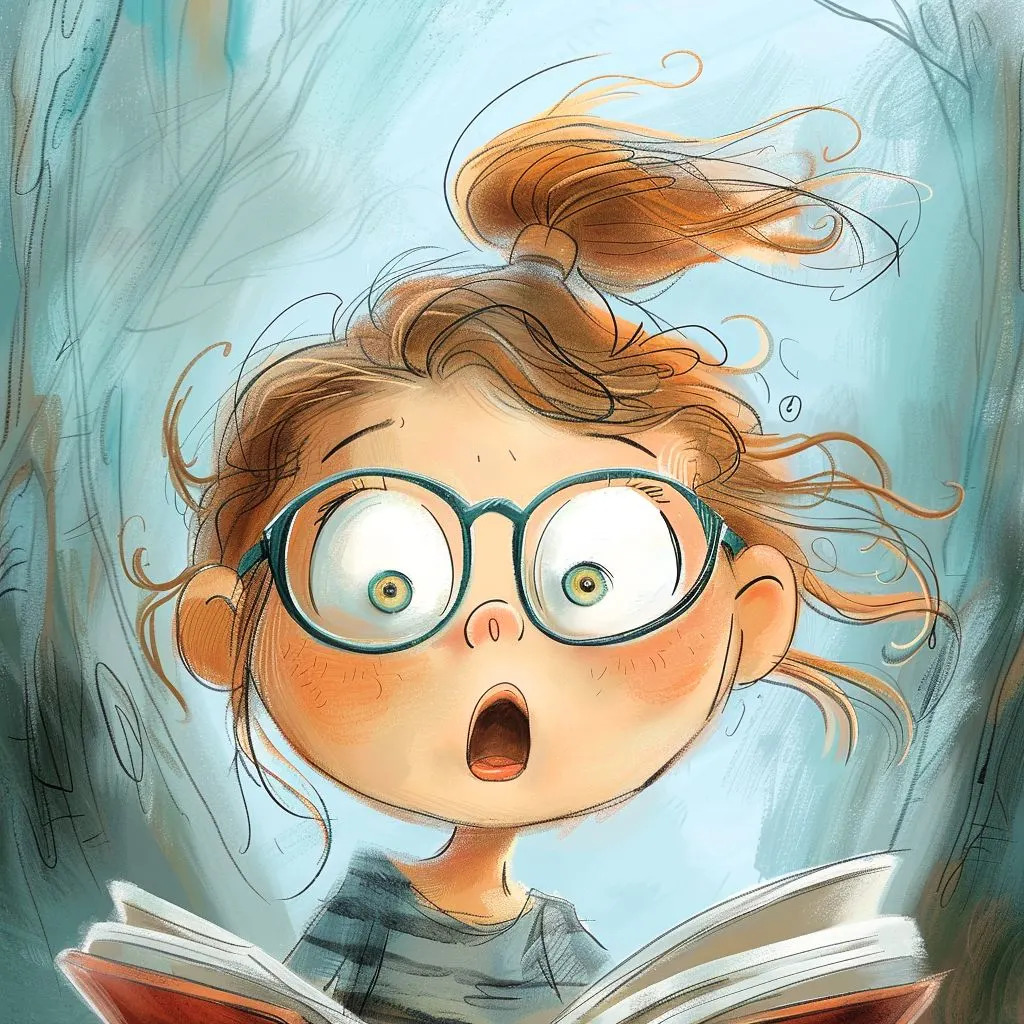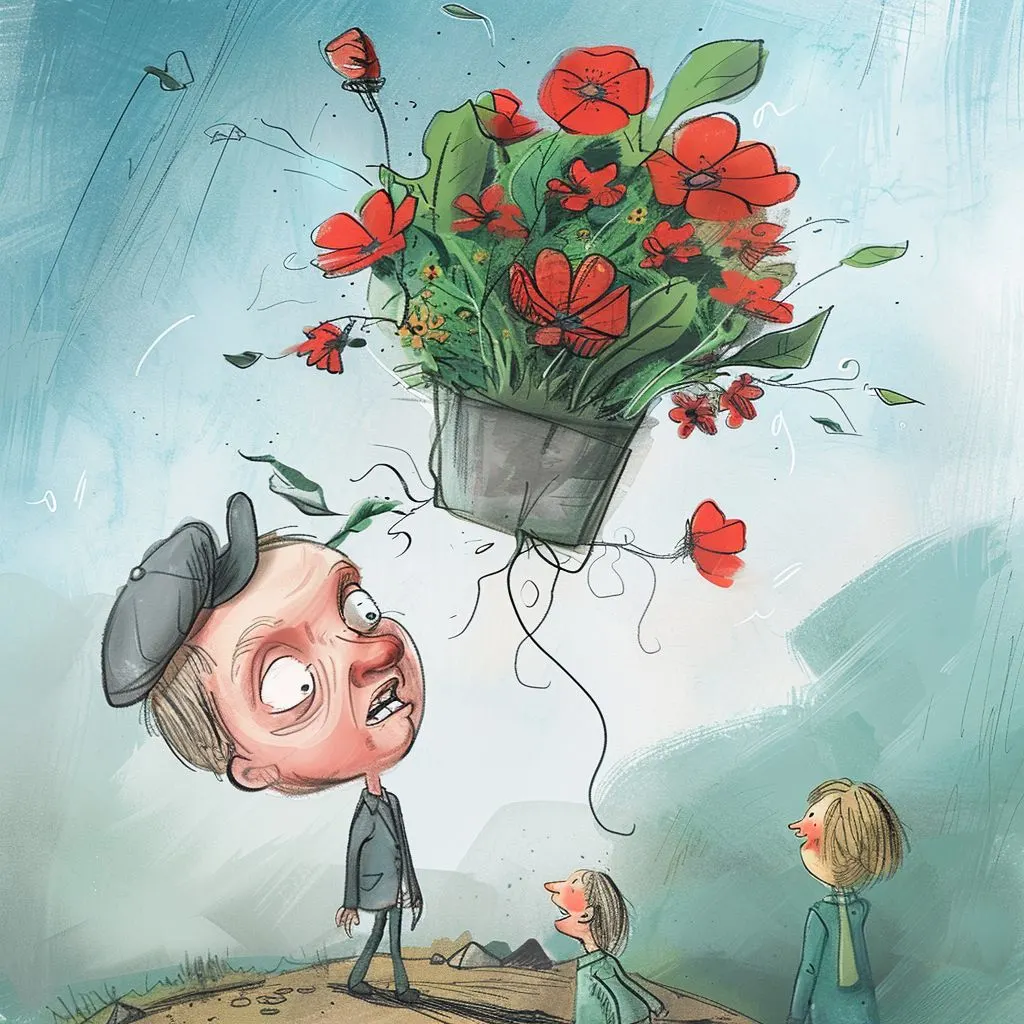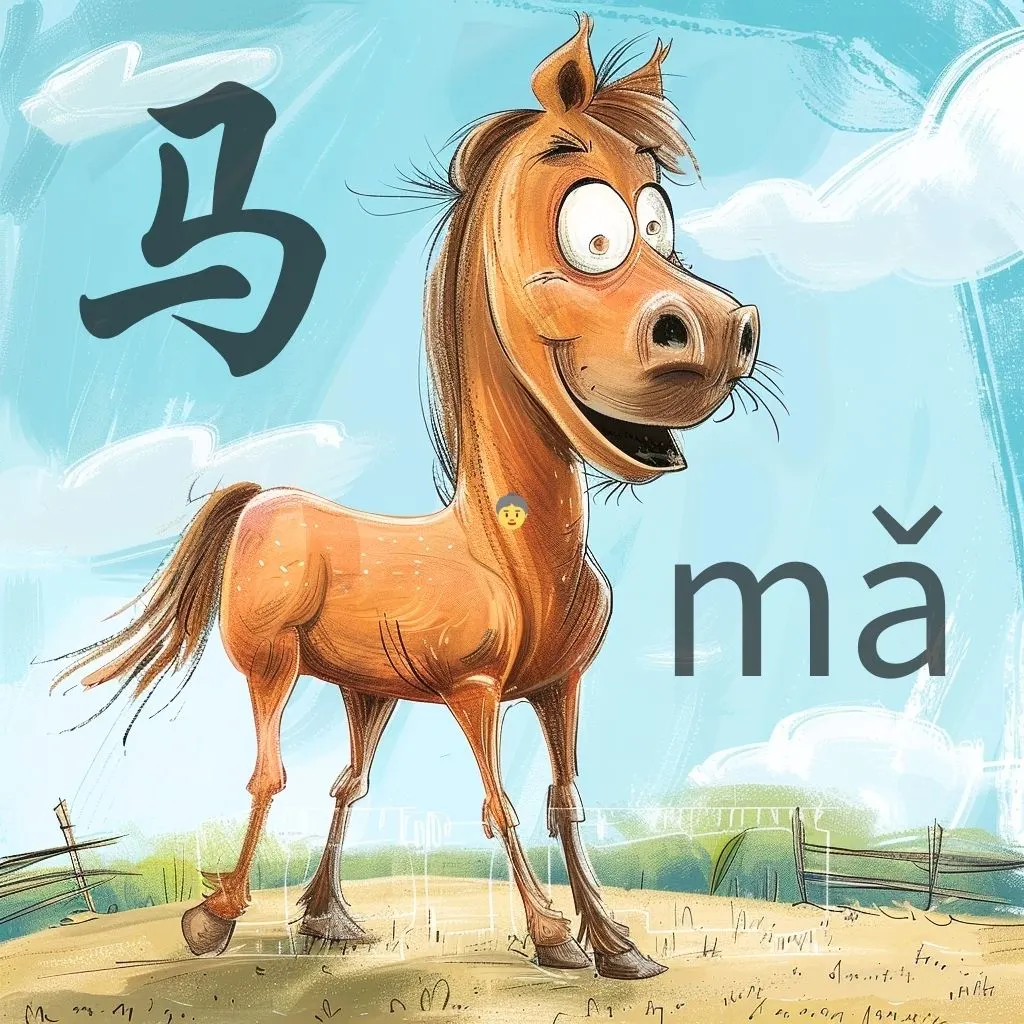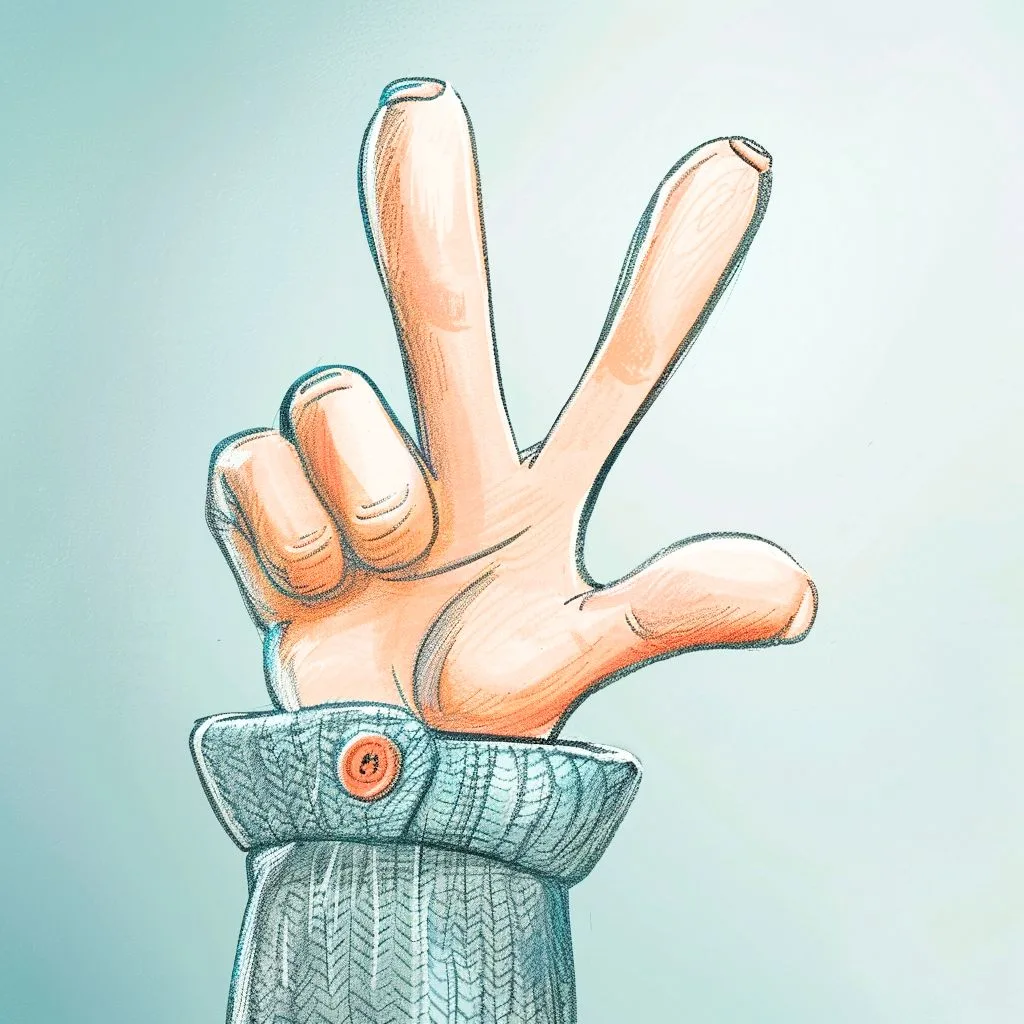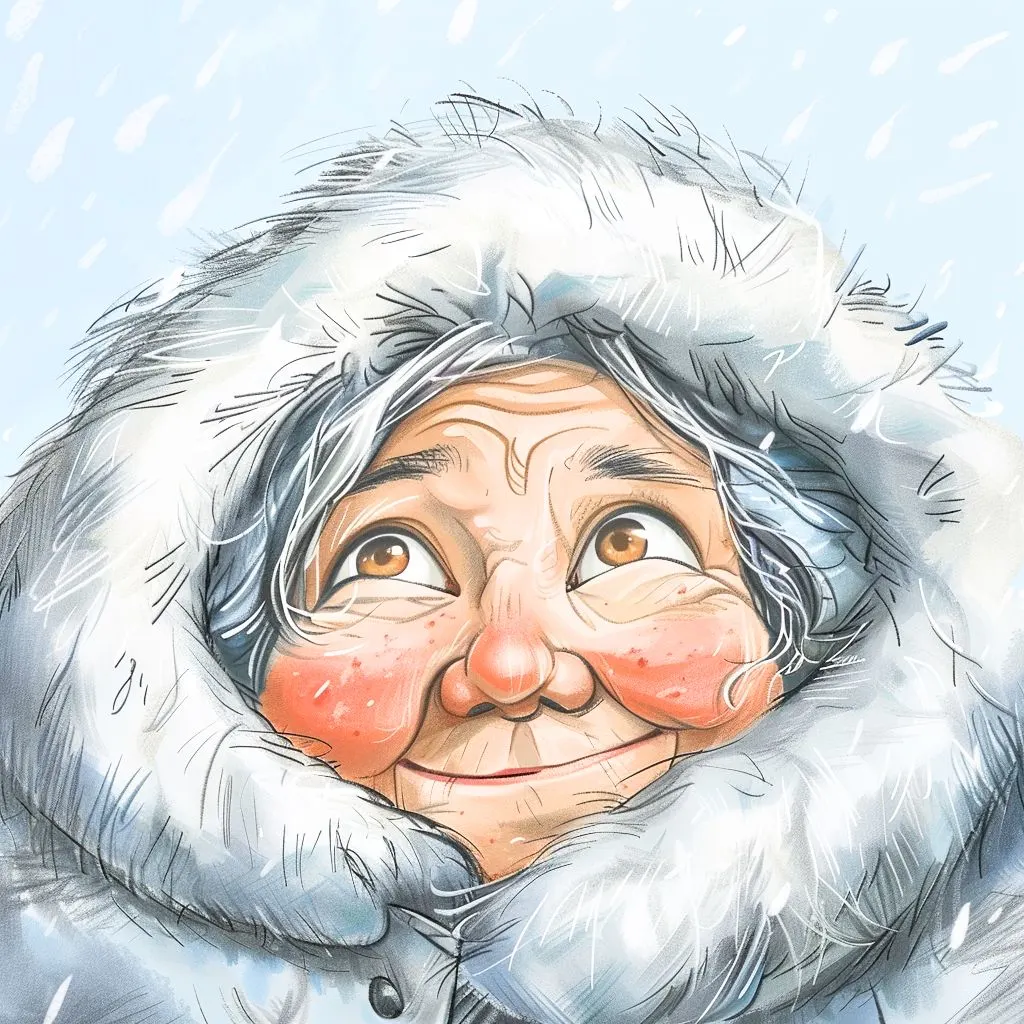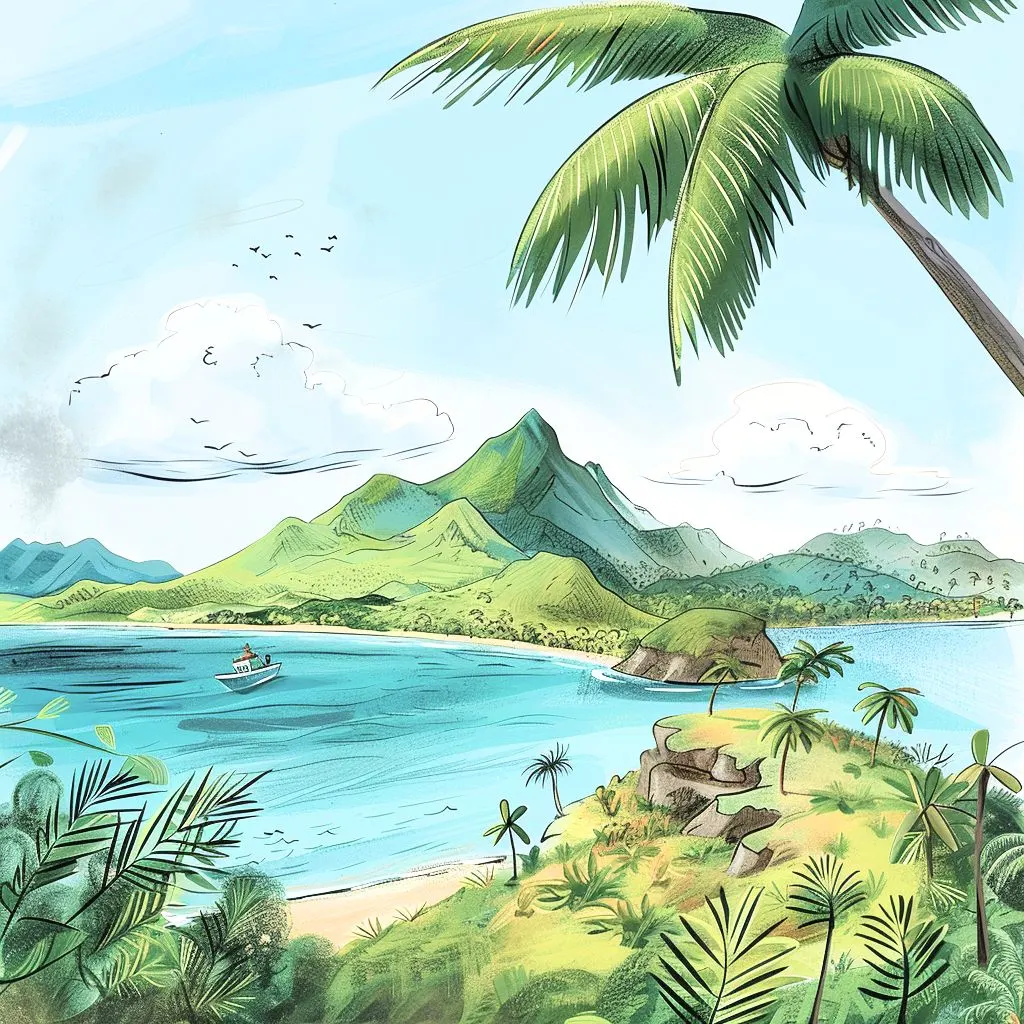Languages are the heartbeat of human culture, each with its own unique quirks and fascinating facts.
From the longest alphabet to the most translated document, the world of languages is full of surprises and mysteries.
In this article, we’ll explore 21 captivating language facts that showcase the incredible diversity and ingenuity of human communication.
Whether you’re a linguistics enthusiast or just curious about the world, these facts will give you a new appreciation for the words we use every day.
1. Language Families
Did you know that languages have families, too? There are about 140 language families in the world! Think of it like a huge family tree where languages like English, German, and Dutch are siblings in the Germanic family, while Spanish, French, and Italian are in the Romance family. These families help us understand how languages are related and have evolved over time. So, when you learn a new language, you might explore a whole new branch of the global linguistic family tree!
2. Most Spoken Language
Here’s a fun fact: Mandarin Chinese is the most spoken language in the world, with over a billion native speakers! That’s roughly one in every seven people on the planet! Mandarin isn’t just a language; it’s a gateway to one of the world’s oldest and richest cultures. Plus, it uses characters instead of an alphabet, which adds an extra layer of fascinating complexity. So, learning Mandarin not only lets you communicate with millions of people but also opens up a whole new cultural universe!
3. Oldest Written Language
Did you know that the oldest known written language is Sumerian? This ancient language dates back to around 3100 BCE in Mesopotamia, modern-day Iraq. Sumerians used cuneiform script, which involved pressing wedge-shaped symbols into clay tablets.
4. Youngest Written Language
Did you know that the youngest written language is Nüshu? This script was created by women in Jiangyong County, Hunan Province, China. Nüshu means “women’s script” and was used exclusively by women to write songs, letters, and stories. Unlike most writing systems, which both men and women use, Nüshu was a secret code that allowed women to communicate privately in a male-dominated society. It’s an incredible example of linguistic innovation and resilience in the face of cultural constraints.
5. Longest Alphabet
Here’s an intriguing tidbit: The Khmer alphabet, used in Cambodia, holds the record for the longest alphabet in the world with a whopping 74 letters! This unique script includes consonants, vowels, and various diacritics that add complexity to the language. The Khmer script is not only a tool for communication but also a beautiful art form with intricate characters that have been used for centuries. So, if you’re looking for a linguistic challenge, Khmer might be the perfect alphabet to explore!
6. Shortest Alphabet
On the flip side, did you know that the Rotokas alphabet, used on Bougainville Island in Papua New Guinea, has only 12 letters? It’s the shortest alphabet in the world! This minimalist approach to writing is incredibly efficient, making it a breeze to learn compared to more complex scripts. The simplicity of the Rotokas alphabet is a testament to the diverse ways humans have developed to communicate. It’s fascinating how different languages can be, from having a mere dozen letters to over seventy!
7. Language with Most Words
English is believed to have the most words of any language, with over a million words and counting! This vast vocabulary results from English’s history of borrowing from other languages. From French and Latin to German and Arabic, English has incorporated words from worldwide. This makes English incredibly rich and flexible, offering multiple ways to express the same idea. So, if you love discovering new words, English is a treasure trove waiting to be explored!
8. Untranslatable Words
Did you know that some languages have words with meanings so unique they can’t be directly translated into English? Take the German word “Schadenfreude,” for example. It means the pleasure derived from someone else’s misfortune. Or “Tingo” from the Pascuense language of Easter Island, which means to borrow objects one by one from a friend’s house until there’s nothing left. These special words highlight the richness and specificity of different cultures. Learning them gives us a deeper understanding of how people around the world experience life.
For more untranslatable words, check out our Rare Words series right here:
9. Tonal Languages
Did you know that in some languages, the pitch or tone you use can completely change the meaning of a word? These are called tonal languages, and Mandarin Chinese is a prime example. For instance, the word “ma” can mean “mother,” “horse,” “hemp,” or “scold,” depending on the tone used. Tonal languages add an extra layer of complexity and musicality to communication. It’s like singing while you speak, making these languages both challenging and fascinating to learn!
10. Sign Languages
Did you know that there are over 300 different sign languages used around the world? Just like spoken languages, each sign language is unique to its region and culture. For example, American Sign Language (ASL) is different from British Sign Language (BSL), and both are distinct from Japanese Sign Language (JSL). Sign languages use hand movements, facial expressions, and body language to convey meaning, making them rich and expressive forms of communication. It’s a vibrant, visual way to connect with others!
If you would like to learn the basics of American Sign Language, then have a look at our list with the best Free ASL Apps!
11. Artificial Languages
Here’s something fascinating: Esperanto is the most widely spoken artificial language. Created by L. L. Zamenhof in the late 19th century, Esperanto was designed to be an easy-to-learn and politically neutral language that could foster international communication and understanding. It has no irregular verbs and a highly regular grammar, making it straightforward to pick up. Today, millions of people worldwide speak Esperanto, and it even has its own literature and community events! How’s that for a global language experiment?
There are also many artificial languages that have specifically been crafted for movies and literature. If that is your cup of tea, give our article “10 Amazing Languages Made for Movies and Literature” a go!
12. Whistled Languages
Did you know that some languages use whistling to communicate? One famous example is Silbo Gomero from the Canary Islands. This unique whistled language allows people to converse over long distances, ideal for the island’s rugged terrain. By varying the pitch and length of whistles, speakers can convey complex messages. Silbo Gomero is so effective that it can be understood up to 5 kilometers away! It’s a fascinating example of human ingenuity in adapting language to the environment.
13. Click Languages
Did you know that some African languages use clicks in their regular speech? Languages like Xhosa and Zulu incorporate clicking sounds, making them truly unique. These click consonants are produced by sucking air into the mouth and come in different types, such as dental, lateral, and alveolar clicks. This feature adds a distinctive rhythm and complexity to these languages. If you ever hear someone speaking with clicks, it’s a fascinating auditory experience and a reminder of the incredible diversity of human language!
14. Language and Thought
Did you know that the language you speak can influence how you think? This idea is known as the Sapir-Whorf hypothesis. It suggests that the structure and vocabulary of our language shape our perception and understanding of the world. For instance, some languages have multiple words for different types of snow, influencing how speakers of those languages perceive and describe snowy conditions. It’s a fascinating concept highlighting the deep connection between language, culture, and cognition, showing just how powerful and influential language can be!
15. Polysynthetic Languages
Did you know that some languages can express what would be a whole sentence in English with just a single word? These are called polysynthetic languages, and Inuktitut, spoken by the Inuit people, is a great example. In these languages, words comprise many morphemes (the smallest units of meaning), allowing for highly complex expressions. This feature makes polysynthetic languages incredibly efficient and compact, packing a lot of meaning into a single, often long word. It’s a fascinating way to communicate!
16. Language Isolates
Did you know that some languages have no known relatives? These are called language isolates, and one of the most famous examples is Basque, spoken in regions of Spain and France. Basque is unique because it doesn’t belong to any language family, making its origins a bit of a mystery. This isolation has helped preserve its distinct characteristics over thousands of years. Studying language isolates like Basque provides valuable insights into the diversity and history of human language. It’s like discovering a linguistic time capsule!
17. Multilingual Countries
Did you know that Papua New Guinea is the most linguistically diverse country in the world? With over 800 languages spoken, this small island nation is a true linguistic treasure. The diversity stems from the country’s numerous indigenous tribes, each with its own unique language and culture. This incredible variety of languages makes Papua New Guinea a fascinating place for linguists and anthropologists, showcasing the rich tapestry of human communication. It’s a vivid reminder of the diverse ways in which people around the world express themselves!
18. Revived Languages
Did you know that Hebrew is one of the few languages that have been successfully revived? Once primarily a liturgical language, Hebrew has been brought back into everyday use over the past century. This revival began in the late 19th century, largely thanks to efforts by Eliezer Ben-Yehuda and other Zionists who wanted a common language for Jewish people. Today, Hebrew is the official language of Israel and spoken by millions of people in daily life, a testament to the power of cultural and linguistic revival.
19. Linguistic Diversity
Did you know there are about 7,000 languages spoken around the world today? Yup, that’s right! Imagine walking down a street and hearing thousands of different ways to say “hello.” From the bustling cities of Tokyo and New York to the remote villages in the Amazon, our planet is a linguistic treasure trove. Each language has a unique charm and cultural heritage, making our world incredibly diverse and colorful. So next time you learn a new word in a foreign language, remember, you’re connecting with one of thousands of vibrant voices!

Hey fellow Linguaholics! It’s me, Marcel. I am the proud owner of linguaholic.com. Languages have always been my passion and I have studied Linguistics, Computational Linguistics and Sinology at the University of Zurich. It is my utmost pleasure to share with all of you guys what I know about languages and linguistics in general.

